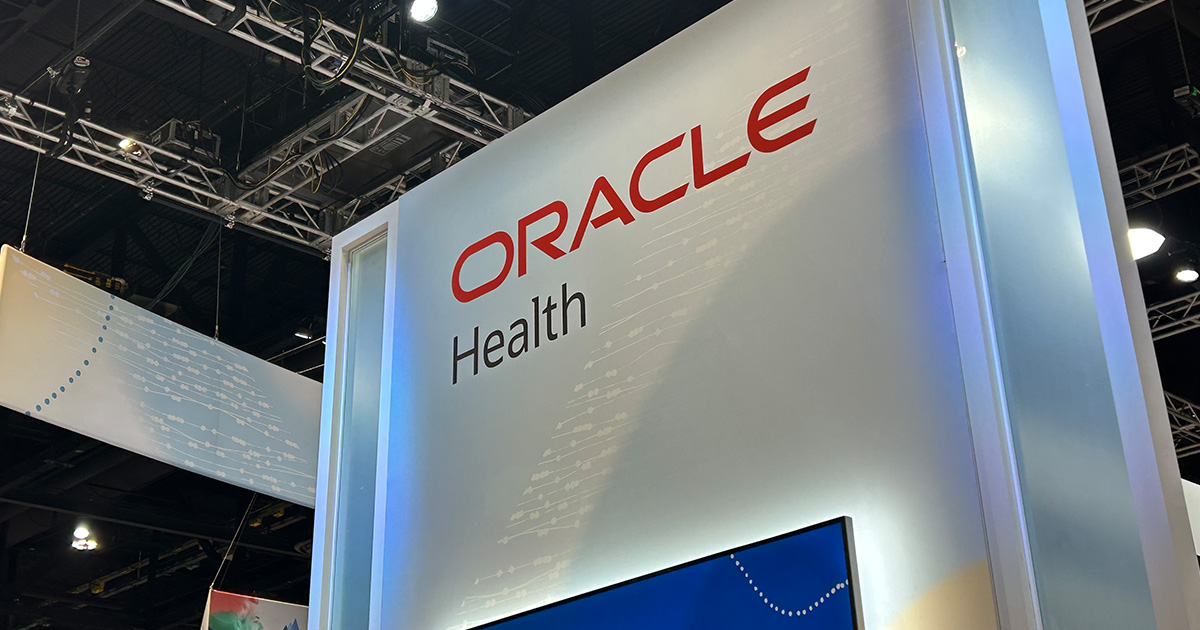
The central promise of precision medicine is to provide right-sized and personalized care, patient by patient, instead of hewing to a singular clinical pathway for all patients who have a particular disease.
THE CHALLENGE
But one major obstacle in advancing precision medicine is an inability to implement updated personalized care pathways in real time, said Dr. Adrian Lee, director of the Institute for Precision Medicine, a joint effort by UPMC and the University of Pittsburgh to move biomedical research into personalized well-being and clinical care.
"Guidelines change by the month – sometimes by the week," Lee noted. "As a clinician, it can be overwhelming, nearing impossible, to keep up with."
For instance, within breast cancer care, challenges arose when guideline-recommended procedures such as genomic testing or sentinel lymph node biopsy were inconsistently applied, he explained. "Much of this stemmed from the limited visibility into real-time, patient-specific data across diverse systems.
"We needed a system that could access, interpret and synthesize this complex data landscape in order to drive informed, timely decisions for every patient," he added, "regardless of where they were receiving care."
PROPOSAL
Despite national guidelines advising against routine SLNB in older women with early-stage, ER-positive, clinically node-negative breast cancer, adherence remained low, with nearly half of eligible patients still receiving unnecessary axillary surgery, Lee reported.
"Clinicians cited difficulty identifying appropriate candidates in real time and a lack of tools that synthesized nuanced tumor and patient factors from disparate EHR sources," he said.
"Separately, efforts to assess surgical de-escalation in younger populations were hampered by limitations in registry-based data capture, particularly around context-rich outcomes like lymphedema.
"To address these challenges, we proposed using intelligent data abstraction vendor Carta Healthcare's platform to extract and interpret both structured and unstructured data across the EHR," he continued.
"We hoped this would enable real-time identification of patients meeting Choosing Wisely criteria and support more precise eligibility assessments based on tumor biology, genomic findings and functional status."
A central feature of the platform is its longitudinal patient view, which creates a comprehensive timeline of a patient's healthcare journey. Rather than evaluating discrete data points, the system provides an integrated narrative that includes treatment history, genomic markers, prior diagnoses and other contextual information.
"This time-based synthesis enables a more precise and confident evaluation of patient eligibility precision interventions," Lee explained.
"Importantly, the platform was designed to evolve with the institution's needs. Not only did it support our research questions, but it also supported clinical trial feasibility assessments, cohort discovery for research and abstraction for registries – ensuring its utility across multiple workflows.
"The tool certainly accelerates data extraction, but more importantly, it serves as a clinically motivated engine for generating insights," he explained. "Its integration into the clinical research ecosystem held the potential to eliminate delays, increase enrollment and expand equitable access to cutting-edge therapies.
"From the outset, it was clear the technology would address inefficiency while also directly supporting the delivery of guideline-concordant, precision-driven care."
MEETING THE CHALLENGE
The project focused on using human-in-the loop hybrid intelligence to enhance clinical data abstraction from electronic health records, enabling more nuanced, scalable approaches to identifying patients eligible for surgical de-escalation in breast cancer care.
"Leveraging the vendor's platform, researchers applied a disease-specific reasoning engine to structured and unstructured data – including physician notes, imaging reports and pathology findings – to accurately determine clinical stage, tumor biology and documented outcomes such as lymphedema," said Lee.
"This method allowed for a more comprehensive and efficient assessment of axillary surgery appropriateness, capturing context-driven details beyond conventional coding fields.
"In one study, the model identified low rates of pathologic node positivity and higher rates of lymphedema in patients with early-stage, ER-positive, node-negative disease – reinforcing calls to extend omission of SLNB beyond the age limits of current Choosing Wisely guidelines," he added.
In another study, the platform confirmed other research that rates of pathologic node positivity were consistently lower than lymphedema rates for small tumors, even in patients under 70 – supporting broader omission of axillary surgery in postmenopausal women.
"In the next study, we actually took it a step further and used a combination of Carta's precise patient identification capabilities with a real-time flag in the EHR to nudge surgeons to de-escalate surgical procedures," he explained.
"The visual 'nudge' embedded in the Epic schedule view alerted surgeons prior to consultation, minimizing disruption and ensuring timely, evidence-aligned decision-making. When the nudge was embedded into the surgical workflow, it led to a 49% reduction in low-value SLNB procedures."
These studies combined are a quintessential example of how clinicians can use big data to deliver on the promise of precision medicine, he said. Sometimes – as it happens to be in this case – that could mean deciding not to provide a certain treatment to ensure better care for the patient, he explained.
RESULTS
The Carta Healthcare technology had impressive accuracy in identifying pathologic node status and lymphedema using human-in-the loop hybrid intelligence, which enabled better surgical risk stratification, Lee reported.
"The platform processed more than 580,000 inpatient and outpatient documents to create structured, analyzable data sets for patients with early-stage ER-positive, cN0 breast cancer," he said. "The technology achieved a 95% overall per-patient accuracy in identifying key clinical variables, with 100% sensitivity and 93% specificity for lymphedema – a complication not reliably captured through coding alone.
"This capability allowed researchers to show that lymphedema rates were consistently higher than pN1 node-positive rates across tumor stages T1a–T1c, even in patients under 70," he continued. "This insight would not have been possible using registry data alone. By surfacing these findings, the technology supported a new hypothesis: that omission of SLNB could safely extend to younger postmenopausal women, not just those over 70."
This type of granular, real-world evidence is critical for reshaping clinical guidelines and driving more personalized, less invasive cancer care, he added.
"One of the most impactful outcomes enabled by Carta Healthcare's technology was a 49.3% relative reduction in the use of low-value SLNB in older women with early-stage, ER-positive, HER2-negative, clinically node-negative breast cancer," Lee explained. "This result was achieved in a nonrandomized controlled trial conducted across eight surgical oncology clinics.
"The intervention leveraged Carta's hybrid intelligence model to surface relevant clinical information directly within the EHR – flagging patients who met Choosing Wisely criteria for SLNB omission," he continued.
"The technology integrated structured fields with unstructured text, such as imaging reports and pathology narratives, to reliably identify eligible patients. A visual 'nudge' embedded in the Epic schedule view then alerted surgeons prior to consultation, minimizing disruption and ensuring timely, evidence-aligned decision making."
This continuous, context-aware support was critical in overcoming prior limitations of passive education or manual risk calculators, ultimately driving a statistically significant drop in unnecessary procedures – great news for clinicians and patients.
ADVICE FOR OTHERS
For organizations considering the adoption of intelligent data abstraction technology, the most important recommendation is to view this as more than a technical upgrade, but rather as a transformation in how clinical and research teams interact with patient data, said Lee. Traditional health IT systems were not built to support the demands of precision medicine, he added.
"The complexities of cancer care, precision medicine research and clinical trial design require insights that go far beyond structured data fields," he explained. "Institutions must seek technologies that can synthesize unstructured notes, genomics, imaging and treatment histories into clinically actionable intelligence.
"It also is essential to evaluate the clinical integrity of the technology," he concluded. "Tools that employ disease-specific models, longitudinal patient views and transparent validation metrics will generate trust among clinical staff and deliver more accurate results. In this light, clinicians will view intelligent data abstraction as a productivity enhancer and a quality enhancement tool that informs patient-specific decisions."
Follow Bill's HIT coverage on LinkedIn: Bill Siwicki
Email him: bsiwicki@himss.org
Healthcare IT News is a HIMSS Media publication.
WATCH NOW: Mount Sinai's new CDIO offers a look at her very full plate


